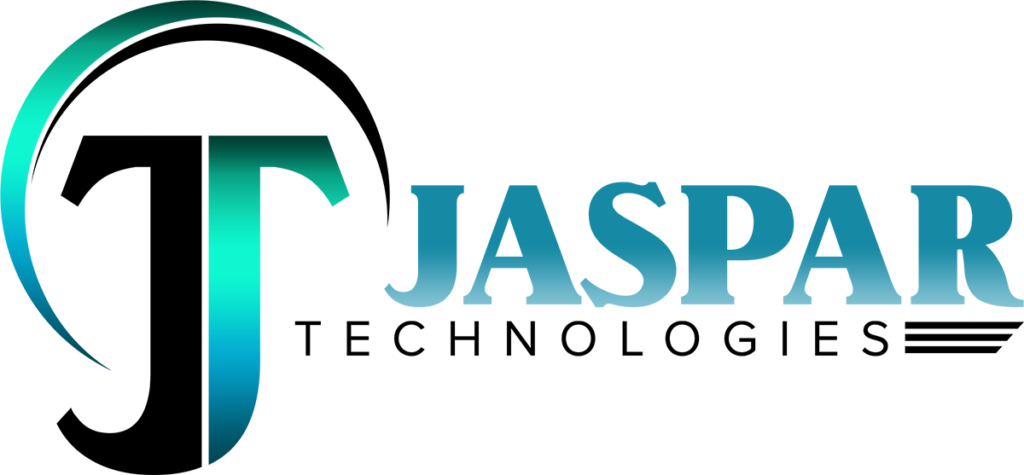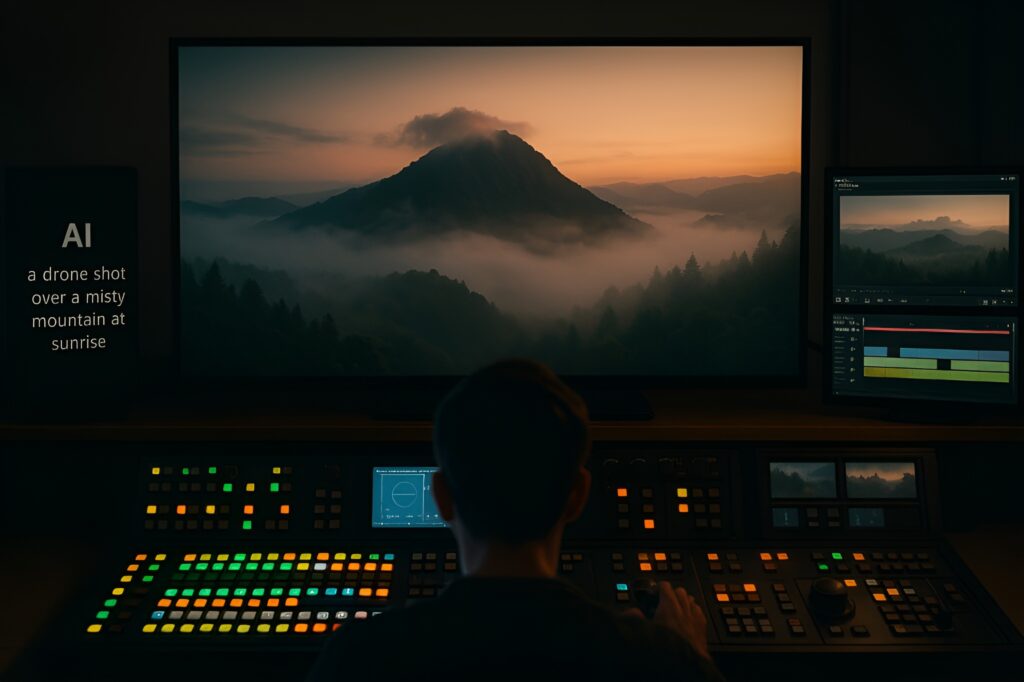A few years ago, I spent hours stitching together short clips for a birthday video. The footage was shaky, the lighting was off, and syncing it to the music was a painful trial-and-error game. I remember thinking, “Why isn’t there an AI that just gets what I want and makes the video for me?”
Turns out, Google DeepMind had the same thought—except they actually built it.
What Is Veo 3?
Veo 3 is the latest generative video model from Google DeepMind. It’s designed to turn simple text prompts into high-quality, cinematic video clips. Think of it as the video version of GPT—only with more frames, motion, and creative nuance.
Unlike previous AI video models, Veo 3 isn’t just about stitching together stock footage. It understands camera angles, visual storytelling, transitions, lighting styles, and even complex scene compositions. Whether you prompt it with “a drone shot over a misty mountain at sunrise” or “a slow zoom into a neon-lit alley at night,” Veo 3 delivers.
How Veo 3 Works
Text-to-Video at Scale
You start with a prompt. Veo 3 uses deep learning models trained on video and image data to translate that prompt into a sequence of frames—up to 60 seconds long. It’s capable of rendering detailed motion, spatial consistency, and even stylistic control over time.
Training With Temporal Awareness
Veo 3 has been trained not only on individual images but also on how frames relate to each other across time. This temporal modeling helps it generate smooth motion and consistent object appearance—something earlier models often struggled with.
Style and Edit Control
One of Veo 3’s standout features is its controllability. You can guide the video’s look and feel through reference images, storyboard layouts, or style tags. Want something that looks like a Wes Anderson scene? Or a documentary-style shot? Just tell it.
What Makes Veo 3 a Leap Forward
1. Cinematic Quality
Veo 3 doesn’t just create passable clips—it produces cinematic-quality outputs with rich visual depth, motion blur, and natural transitions. This makes it suitable for commercial content, storytelling, and even short films.
2. Fine-Grained Prompt Control
Unlike older models that guessed what you meant, Veo 3 handles nuanced prompts much better. It understands concepts like “pan left slowly,” “fade into black,” or “reflections on glass,” making it more practical for creators.
3. Long-Form Video Generation
Earlier video AIs were capped at a few seconds. Veo 3 breaks through that limitation with full-minute videos, opening up new possibilities for scene development, narrative arcs, and pacing.
Real-World Applications
- Marketing & Ads: Generate product teasers or lifestyle ads on the fly.
- Filmmaking: Quickly mock up scenes or entire storyboards before shooting anything.
- Education: Create visual explainers or simulations without a full production team.
- Social Media: Produce high-impact content without spending hours in editing software.
Why It Matters
Veo 3 is more than a technical upgrade—it’s a creative shift. It lowers the barrier for video production, turning ideas into visuals at the speed of thought. For solo creators, small teams, and even big studios, it means less time editing and more time storytelling.
As this tech evolves, expect to see AI-generated video move from a novelty to a norm. And maybe, just maybe, your next great video idea won’t stay stuck in your head—or your editing timeline.
The future of video isn’t just automated. It’s expressive, flexible, and just one prompt away.



